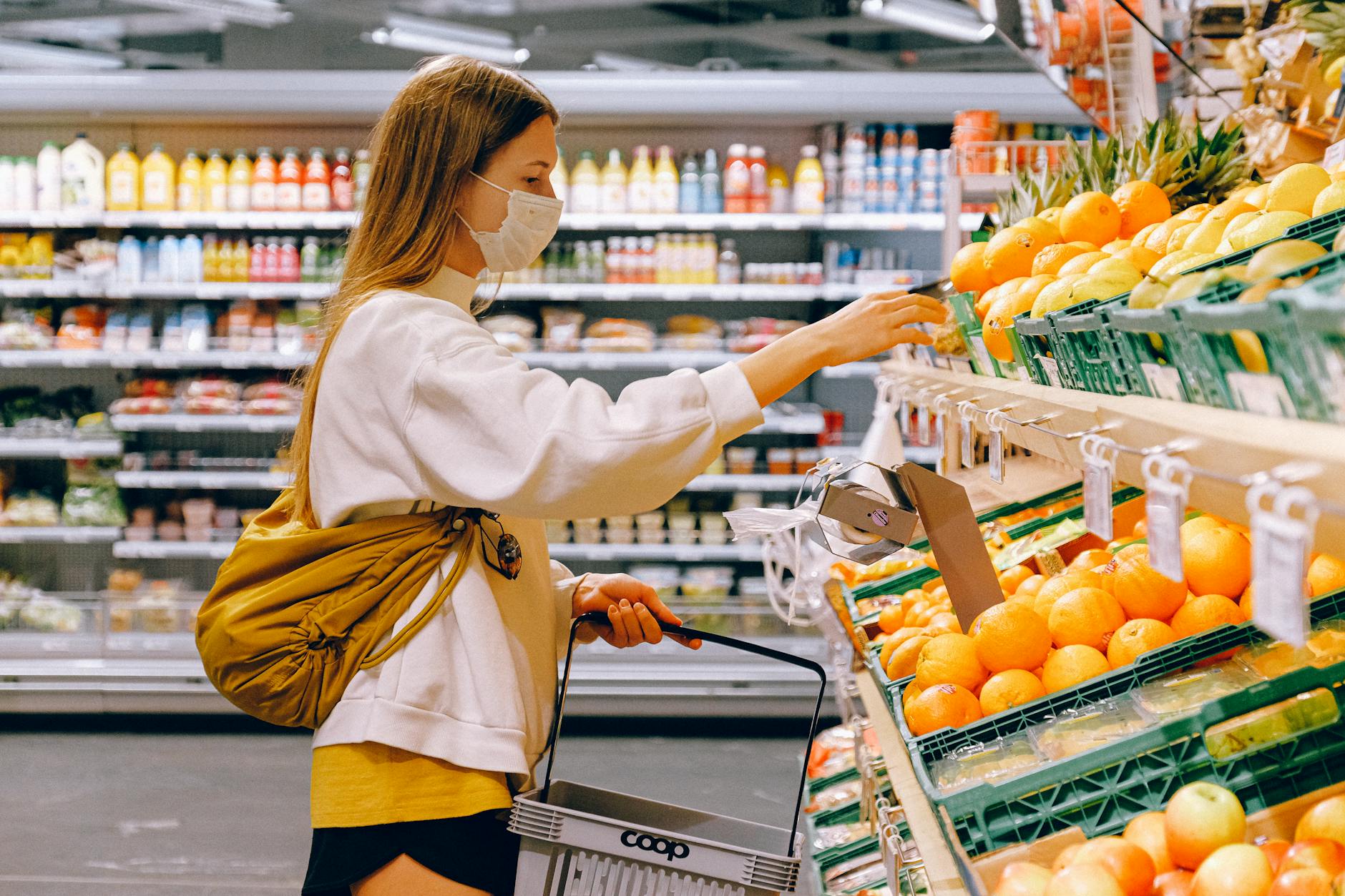To guarantee food safety, consumers’ health and trust, new quality norms and standards are constantly elaborated. “The New Normal” after the Covid Era seems to increase the importance of food safety and quality systems.
There are many popular quality systems but, here are the 5 most common:
- HACCP
- BRC
- ISO 22000
- FSSC 22000
- IFS
So, how do you ensure your company is inline with one (or more) of these standards and will provide enough trust on your food products in the market?
1. HACCP (Hazard Analysis and Critical Control Point)
HACCP is one of the oldest systematic preventive approaches to food safety from biological, chemical, physical, and radiological hazards. Other standards below also inherently consist these requirements with some amendments or as it is. You need to conduct 12-step project for HACCP implementation.
5 Preliminary Tasks
- Assemble the HACCP team
- Describe the food and its distribution
- Describe the intended use and consumers of the food
- Develop a flow diagram which describes the process
- Verify the flow diagram
7 Principles of HACCP
- Conduct a hazard analysis
- Determine the critical control points (CCPs)
- Establish critical limits
- Establish monitoring procedures
- Establish corrective actions
- Establish verification procedures
- Establish record-keeping and documentation procedures
2. BRCGS (BRC Global Standards) Issue 8
The BRC Global Standard for Food Safety is a product and process certification standard first published in 1998. Although it provides frameworks for packaging, gluten-free, ethical trade, agents and brokers the most common standard is for Food Safety which consist 9-step certification process.
- Senior Management Commitment
- The Food Safety Plan
- Food Safety and Quality Management System
- Site Standards
- Product Control
- Process Control
- Personnel
- High-risk, High-care and Ambient High-care Production Risk Zones
- Requirements for Traded Products
Here is the online full self-self assessment checklists for each of the 9 modules.
3. ISO 22000 (Food Safety Management System)
ISO 22000 is a standard developed by the International Organization for Standardization (ISO) dealing with food safety. First version is published in 2015. Currently applicable version is ISO 22000:2018. It has a long checklist and documentation and inspection requirements. Therefore, the easiest way to solve traceability and accountability problem is to use mobile compatible digital checklists for internal audit and assessment.
4. FSSC 22000
FSSC also provides a trusted brand assurance to the consumer goods industry for more than 24000 companies over 154 countries. ISO 22000:2018, ISO/TS 22003:2013 Pre-requisite programs are internal part of this certification procedure. It also puts some additional requirements.

5. IFS Food Version 6.1
The IFS Food Standard is also a GFSI (Global Food Safety Initiative) recognized standard for auditing food manufacturers. The requirements consist of following main topics
- Senior management responsibility
- Quality and food safety management system
- Resource management
- Planning and production process
- Measurements, analysis, improvements
- Food Defense
SECTORAL BEST FIT
Ready to brush up on something new? We've got more to read right this way.
 @ozhanatali
@ozhanatali

![4 Core Elements of the New Era for Smarter Food Safety [FDA Special]](https://storage.googleapis.com/download/storage/v1/b/wremia_files/o/Wremia%2FAttachments%2F12cf4103-d352-4f06-b26e-4781a39b974a-.jpg?generation=1608057215500452&alt=media)

